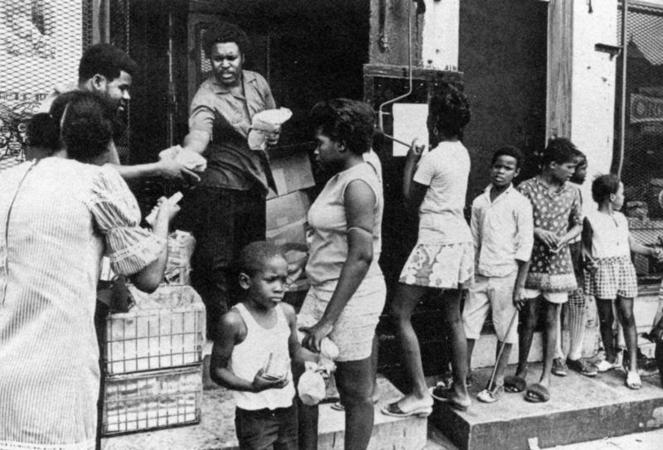After 10 years as a practitioner, it seems community organizing is more important than ever. Occupy Wall Street is powered by participatory organizing structures. Community organizing was central to Obama’s successful 2008 presidential campaign. And new sharing economy companies like Airbnb have on the ground community or city managers to help build trust among users and grow their businesses. So whether you’re a neighborhood leader, worker coop member, politician, or sharing economy entrepreneur, community organizing can help you better serve your community.

Here are my top 10 lessons from 10 years of community organizing that you can use today:
1) Involve the communities you want to work with from the very beginning to get their perspective on what you are doing. Offer them something in return for their input. Especially involve different kinds of people you want to work with. If someone sees only people with green hair working initially on a project, they might think, “that’s a project only for green hair people “ and people with purple hair might feel uninvited or simply uncomfortable at your gatherings.
This year, we’ve seen Mutual Aid in Motion.
From scaling sharing hubs to Mutual Aid 101 trainings, we’re helping communities build the tools they need.
Every dollar fuels lasting resilience – proving that when we move together, we all move forward.
2) Listen well and communicate. The best communities organizers listen to the people they work with rather than imposing their original ideas on people. They adjust their projects based on feedback, sometimes even scrapping the project for an emergent idea coming from the groups they listen to. But don’t take too much of their time. Think of specific questions and ways they might want to participate. Don’t drain their interest with endless debate, mandatory meetings, or bureaucracy, unless they really like that kind of stuff and have the time.
3) Make room for people and groups to participate, including leadership roles, project ownership, and increased responsibility if they desire that. Offer them something in return for their participation, especially if you are working with low income communities (don’t be a parasite).

4) Adapt to the circumstances, and be willing to let go. Community organizing is like improvisational dance. Only if you can gracefully respond to changing circumstances, including your own role, position and ideas in the project will your project thrive. A healthy dose of humility and fluidity in project design go a long way.
5) Clarify your vision and values. Try to work with people who at least share your basic values. When conflict arises, you will at least have some common ground to stand on and move forward. Lack of shared values, even in one group member, can sometimes tear an otherwise healthy group apart. Clear vision and values will help you figure out how to effect change and practice what you preach.
6) Have faith and tenacity. If you can get past the phase where you feel as if you are going out on a limb with your project, you will hopefully notice people starting to express excitement about and commitment to it. This means you should keep going despite obstacles, because you have an idea that has staying power. Next you may need to convert the project to a functional organization.
7) Make your organization open but structured. Use transparency methods, open meetings, accountability, and involve your members, clients, employees and/or volunteers as much as possible without being too cumbersome and dragged into trivial details. Delegate noncontroversial or minor tasks to committees, but involve as many stakeholders in key decisions as possible. Try to get consensus if possible. Only if you have buy in, will you get willing volunteers or employees to execute it. Because of this, I believe consensus is more efficient in the long run IF people have training in consensus and communication.

Imagine and map your organization as web of overlapping and nested circles of participation, impact and responsibility. Nurture your relationships at all levels from clients and consumers to producers and funders to community members who are influenced by your work, and all other stakeholders. Think how this web can become more connected, participatory and stronger, which will make your work overall more powerful.
9) Create a safe space for people to criticize without retribution, including your partners. This will help your project or organization grow and mature and will appear responsive to it critics, maybe even converting them when they realize that you care what they think. For local businesses, this may mean a paid focus group with community organizations, members or leaders. Value everyone’s perspective – everyone has a piece of the truth. It will also help confront unspoken hierarchies that may threaten your group’s culture. Have a skilled mediator on hand for challenging conflict.
10) Have fun together. Take time to just enjoy each others’ company. Eat and play together, have bonding time. Studies indicate that most relationships that thrive have a greater number of positive interactions than negative ones. People tend to add things up. If you have good times together on a regular basis, the bad times will seem more like a bump or a curve in the road than the end of the road. Make the work itself enjoyable. As activist Emma Goldman once said, “If I can’t dance, it’s not my revolution.”
What tips do you have to share? Please add in comments below.

